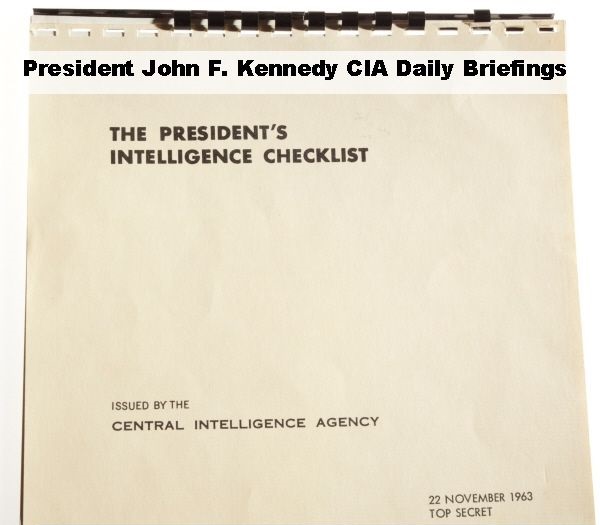
President John F. Kennedy CIA Daily Briefings
$19.50
Description
Kennedy’s Intelligence Briefings: The PICL and Its Origins
Timeline of Main Events:
- January 1961: John F. Kennedy assumes the presidency of the United States, adopting a more informal and improvisational approach to national security decision-making compared to his predecessor, Dwight D. Eisenhower.
- June 14, 1961: President Kennedy’s aides request a more concise summary of all-source intelligence on key issues.
- June 17, 1961: The first President’s Intelligence Checklist (PICL) is produced by CIA officer Richard Lehman at the instruction of Huntington D. Sheldon, Director of Current Intelligence. President Kennedy receives the seven-page booklet at his country home.
- June 1961 Onward: The PICL becomes the foundation for presidentially focused daily intelligence briefings for President Kennedy. It is not provided to Vice President Lyndon B. Johnson under the instruction of Bromley Smith, Kennedy’s intelligence assistant.
- August 23, 1962: The President’s Intelligence Checklist notes that much information on Soviet equipment and technicians in Cuba comes from Cuban sources, but also mentions reports from the British Embassy suggesting the possibility of anti-aircraft rockets and radar.
- August 28, 1962: The President’s Intelligence Checklist reports a significant increase in the budget of the Soviet Chief Engineering Directorate’s representative in Cuba.
- August 29, 1962: The USIB Watch Committee concludes that, based on available evidence, they cannot determine the precise nature or purpose of the intensified Bloc military assistance and construction in Cuba.
- August 31, 1962: The President’s Intelligence Checklist reports that a US naval aircraft on a routine mission was fired upon by Cuban patrol vessels off Cuba’s northern coast.
- October 1962: The Cuban Missile Crisis occurs. (The sources provided directly precede this event, offering insights into the intelligence leading up to it).
- 1964: The President’s Daily Brief (PDB) replaces the PICL under President Lyndon B. Johnson, tailored to his specifications.
- July 2000: Former CIA Director George Tenet indicates to the National Archives and Records Administration that the PDBs should not be released for publication, regardless of age or historical significance.
Cast of Characters:
- John F. Kennedy: The 35th President of the United States (1961-1963). He adopted a less bureaucratic and more informal approach to national security decision-making, favoring concise intelligence summaries. He was the recipient of the President’s Intelligence Checklist (PICL).
- Lyndon B. Johnson: The 36th Vice President (1961-1963) and later the 36th President of the United States (1963-1969). He did not receive the PICL under President Kennedy’s administration. His preferences later led to the creation of the President’s Daily Brief (PDB).
- Richard Lehman: A CIA officer who developed the first President’s Intelligence Checklist (PICL) in June 1961 at the instruction of Huntington D. Sheldon.
- Huntington D. Sheldon: The Director of Current Intelligence at the CIA in June 1961. He instructed Richard Lehman to produce the first PICL for President Kennedy.
- Bromley Smith: The Executive Secretary of the National Security Council between 1961 and 1969. He instructed that Vice President Johnson should not receive the PICL under President Kennedy. He was also interviewed later about the production and delivery of the PICLs.
- David Priess: Author of “The President’s Book of Secrets: The Untold Story of Intelligence Briefings to America’s Presidents.” His work provides analysis and context regarding the intelligence briefings given to President Kennedy and the significance of the PICL.
- George Tenet: Former Director of the Central Intelligence Agency. In July 2000, he asserted the extreme sensitivity of the President’s Daily Brief (PDB) and recommended against its declassification.
- Dwight D. Eisenhower: The 34th President of the United States (1953-1961). The source mentions his “rigorous structure of briefings and National Security Council meetings” as a contrast to Kennedy’s approach.
President John F. Kennedy CIA Daily Briefings
5,550 pages of President’s Intelligence Checklists (PICLs) prepared by the Central Intelligence Agency (CIA) for President Kennedy.
These documents were written specifically for the president; they summarize the day-to-day intelligence and analysis on current and future national security issues.
This collection of documents offers researchers deeper insights into the workings of the JFK presidency based on intelligence provided to him. The PICLs are an important primary source for not only events of the period, but also for insight into how the national security system processed information, presidential decision-making, CIA intelligence production, and government secrecy.
According to David Priess, author of “The President’s Book of Secrets: The Untold Story of Intelligence Briefings to America’s Presidents,” when JFK took over the reigns of power in January 1961 he had, “…a decidedly different approach to national security decision making than his predecessor. Where Eisenhower had enforced a rigorous structure of briefings and National Security Council meetings before taking foreign policy actions, Kennedy adopted an improvisational style built around informal conversations. A top CIA analyst during Kennedy’s term later likened the new president’s less bureaucratic approach to a ‘pickup touch football game crossed with a Harvard seminar.’”
In June 14, 1961, President John F. Kennedy’s aides requested a more concise summary of all-source intelligence on key issues. On June 17, 1961 a CIA report marked, “For the President Only Top Secret,” produced by CIA officer Richard Lehman, at the instruction of Director of Current Intelligence Huntington D. Sheldon. President Kennedy received the seven-page 8-by-8-inch booklet on Saturday, on 17 June 1961 at his country home near Middleburg, Virginia. This was the first President’s Intelligence Checklist (PICL). According to Priess, “Kennedy loved it right away and it became the foundation for presidentially focused daily intelligence from that point forward.”
Under President Kennedy the PICL was not provided to Vice President Johnson under the instruction of Bromley Smith, Kennedy’s intelligence assistant. CIA officers who prepared these reports often said that they worked for “the pickle factory” during this time frame.
From that point forward, the PICL remained essentially unchanged until the President’s Daily Brief (PDB) was crafted to President Lyndon B. Johnson’s specifications replaced it in 1964.
The Agency’s goal was to draft a daily document that flowed, was comprehensive and concise, and carried the updates on an intelligence thread from beginning to end. The extent of the intelligence coverage, with accompanying maps and graphics.
Former CIA Director George Tenet considered the President’s Daily Brief (PDB) so sensitive that in July 2000 he indicated to the National Archives and Records Administration that none of them could be released for publication “no matter how old or historically significant it may be,” according to a May 24, 2002 Washington Post article.
PRELUDE TO THE CUBAN MISSILE CRISIS
Of note in this collection is the Cuba intelligence information provided to the President several months before the Cuban Missile Crisis of October 1962.
In The President’s Intelligence Checklist for August 23, 1962, it is noted “most of our information from within Cuba on the influx of Soviet equipment and technicians has come from Cuban sources. We now have several reports from the British Embassy whose people have been out looking … their information on the equipment coming in—some hard’ some not—leads them to suggest that ‘an expert might consider the possibility of anti-aircraft rockets and radar.’ ”
The President’s Intelligence Checklist for August 28, 1962 stated, “the Soviet Chief Engineering Directorate in Moscow has raised the budget of its representative in Cuba from $80,000 in July to at least $175,000 for August.”
As part of The President’s Intelligence Checklist for August 30, 1962, there is a USIB Watch Committee Conclusions from August 29, 1962 which states, “We are not able on the basis of evidence available at this time to determine the precise nature or purpose of the intensified program of Bloc military assistance and construction in Cuba.”
In The President’s Intelligence Checklist for August 31, 1962, it is reported “one of our naval aircraft, on a routine mission, was fired on yesterday afternoon by Cuban patrol vessels at a point twelve miles off Cuba’s northern coast.”
The Collection includes interviews with two individuals key in the production and delivery of the PICLs, Bromley Smith, the Executive Secretary of the National Security Council between 1961 and 1969 and Richard Lehman who developed the President’s Intelligence Check List.





Related products
-
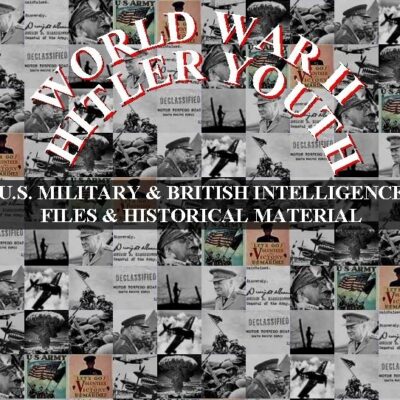
Hitler Youth – Hitler Jugend U.S. & British Intelligence Files
$19.50 Add to Cart -
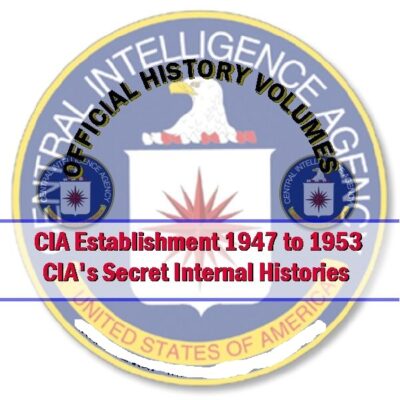
CIA Establishment 1947 to 1953 – CIA’s Secret Internal Histories
$19.50 Add to Cart -
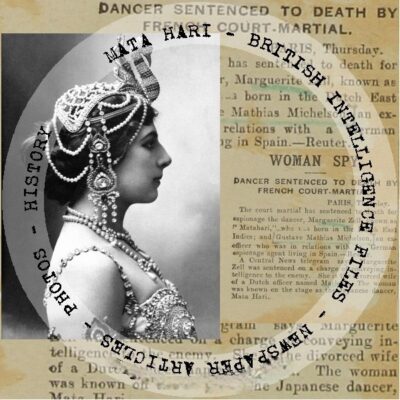
Mata Hari: Alleged Spy for Germany British Intelligence Files
$19.50 Add to Cart -
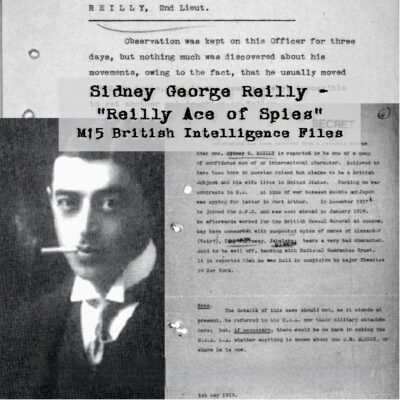
Sidney George Reilly – “Reilly Ace of Spies” MI5 British Intelligence & Royal Air Force Files
$19.50 Add to Cart